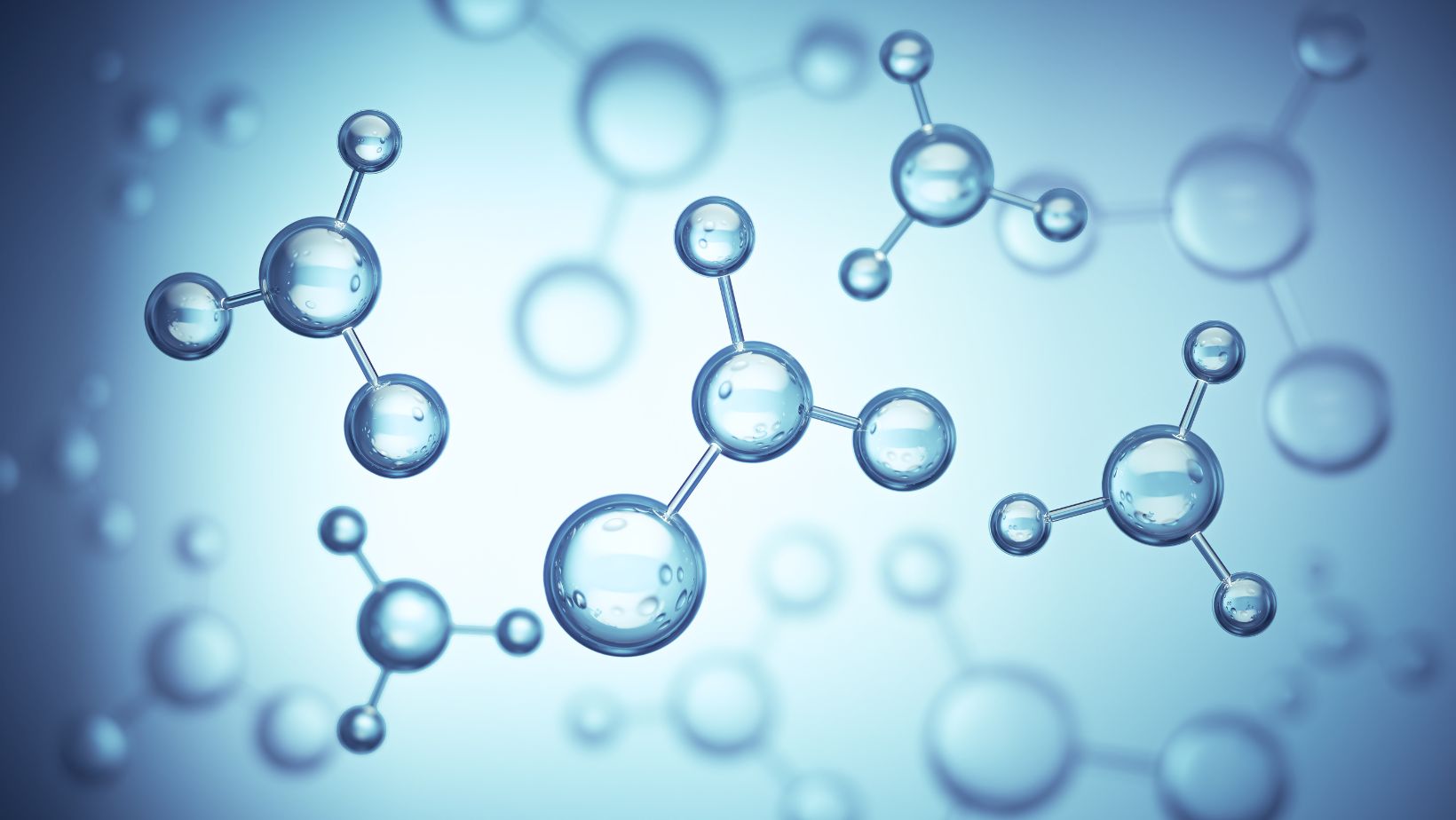What Phase Of Matter Do Molecules Have The Least Energy
When it comes to the phases of matter, understanding the energy levels of molecules is crucial. The question arises: which phase of matter do molecules have the least energy? Well, the answer lies in one particular phase known as the solid state.
In a solid, molecules are tightly packed together and have the least amount of kinetic energy compared to other states of matter. This is because they vibrate in fixed positions rather than moving freely like in liquids or gases. As a result, solids generally have lower energy levels.
The strong intermolecular forces between particles in a solid contribute to this reduced energy state. These forces hold the molecules close together and restrict their movement, resulting in a more organized and stable arrangement. Consequently, solids exhibit properties such as definite shape and volume due to their low-energy molecular configurations.
So, if you’re wondering about the phase of matter with the least energetic molecules, look no further than the solid state. Its tightly packed structure and restricted molecular motion lead to lower overall energy levels compared to liquids or gases. Understanding these differences helps us comprehend how different phases behave and interact at a fundamental level.
Solid Phase: The Least Energetic State of Molecules
In the world of matter, the solid phase represents a fascinating state where molecules exhibit the least amount of energy. Unlike in the gaseous or liquid phases, where molecules are more mobile and energetic, solids are characterized by their tightly packed structure and limited movement. When substances transition from a liquid to a solid state, their individual particles lose energy and arrange themselves into an ordered lattice structure.
The concept of solid phase can be better understood by considering how molecules behave on a microscopic level. In solids, such as ice or a metal rod, particles are closely packed together due to strong intermolecular forces like van der Waals forces or hydrogen bonding. As a result, these substances have defined shapes and volumes that resist deformation.

Characteristics of molecules in the solid phase
Molecules in the solid phase possess unique characteristics that differentiate them from those in other phases:
- Fixed positions: In solids, molecules maintain fixed positions within their crystal lattice. They vibrate around these positions but do not move freely like they would in liquids or gases.
- Lower kinetic energy: Compared to other states of matter, molecules in solids have lower average kinetic energy because they experience stronger intermolecular forces holding them together.
- Regular arrangement: Solid-phase molecules often arrange themselves into repeating patterns with long-range order known as crystals. This regular arrangement contributes to the rigidity and stability observed in solids.
- Definite melting point: Solids exhibit distinct melting points at which they transition into liquids when heated. This is because breaking down the organized lattice structure requires additional energy input.
- Low compressibility: Due to their tightly packed nature, solids have low compressibility compared to gases or even liquids.
For example:
- Crystalline substances like table salt (NaCl) form well-defined geometric shapes due to their solid-phase arrangement.
- Metals in the solid phase exhibit high electrical conductivity because their delocalized electrons can move freely within the lattice structure.
Understanding the behavior and properties of molecules in the solid phase is crucial in various fields, including materials science, chemistry, and geology. From constructing durable structures to creating advanced electronic devices, harnessing the unique characteristics of solids has enabled numerous technological advancements.
In conclusion, the solid phase represents a state where molecules possess the least energy and exhibit distinct characteristics such as fixed positions, lower kinetic energy, regular arrangement, definite melting points, and low compressibility. By studying and manipulating solids, scientists have unlocked countless applications that shape our modern world. Liquid Phase: A Slightly Higher Energy Level
The study of superfluids continues to captivate scientists, pushing the boundaries of our understanding of matter and its behavior under extreme conditions.


